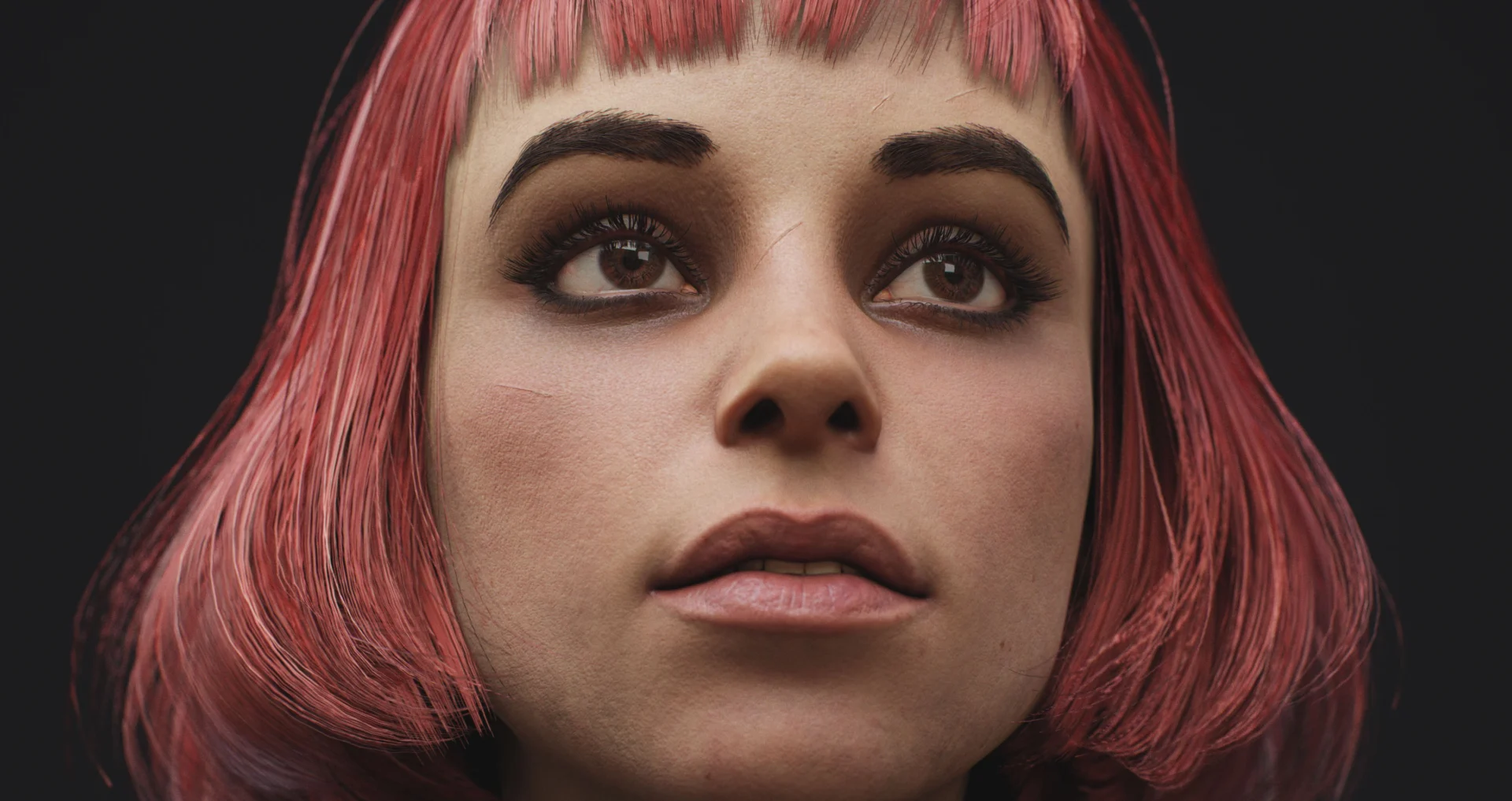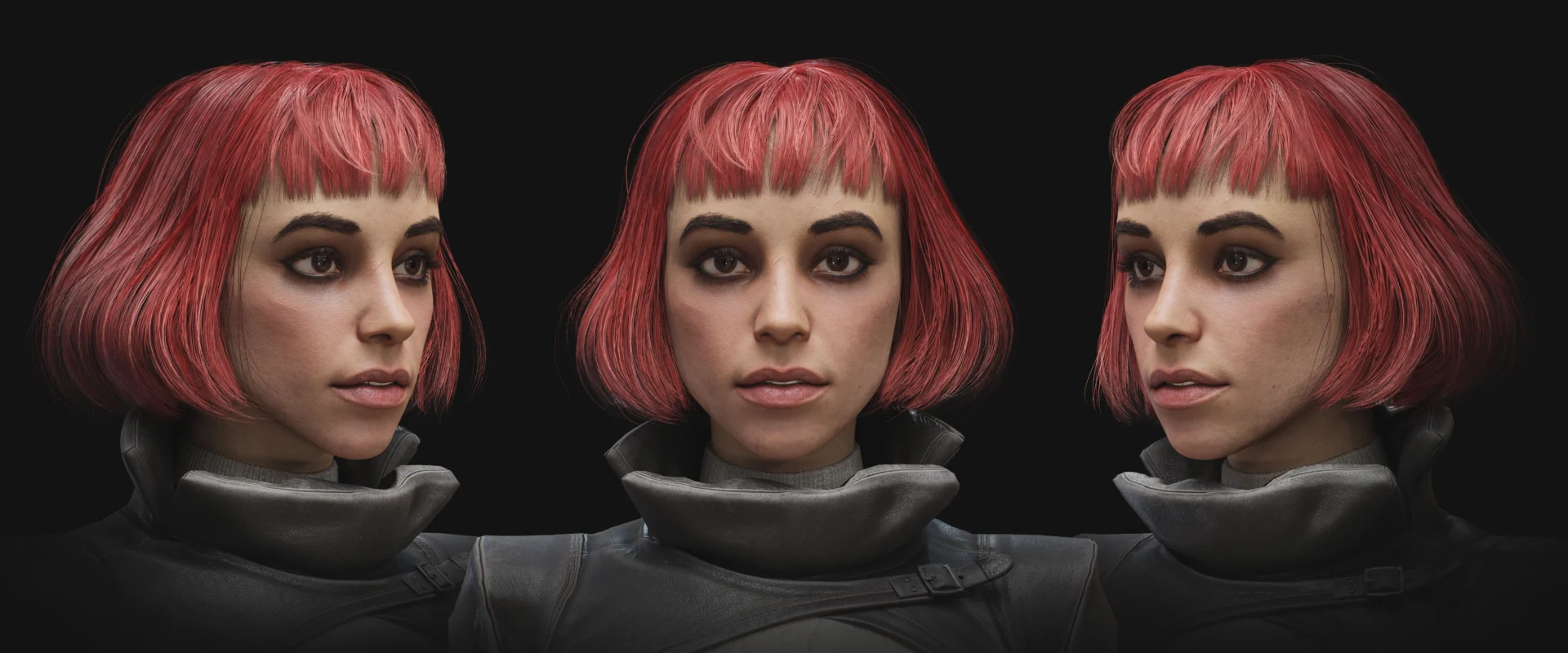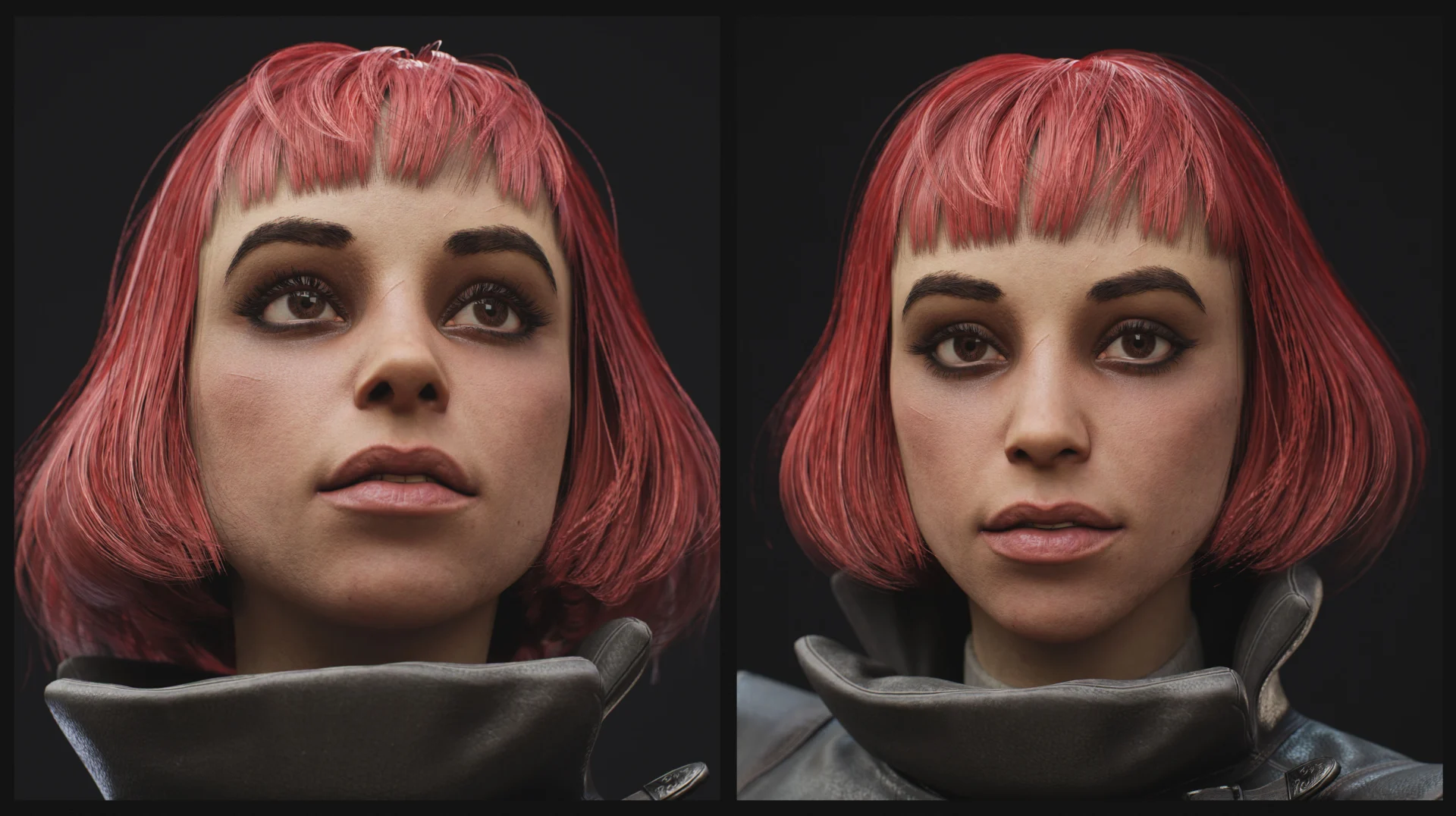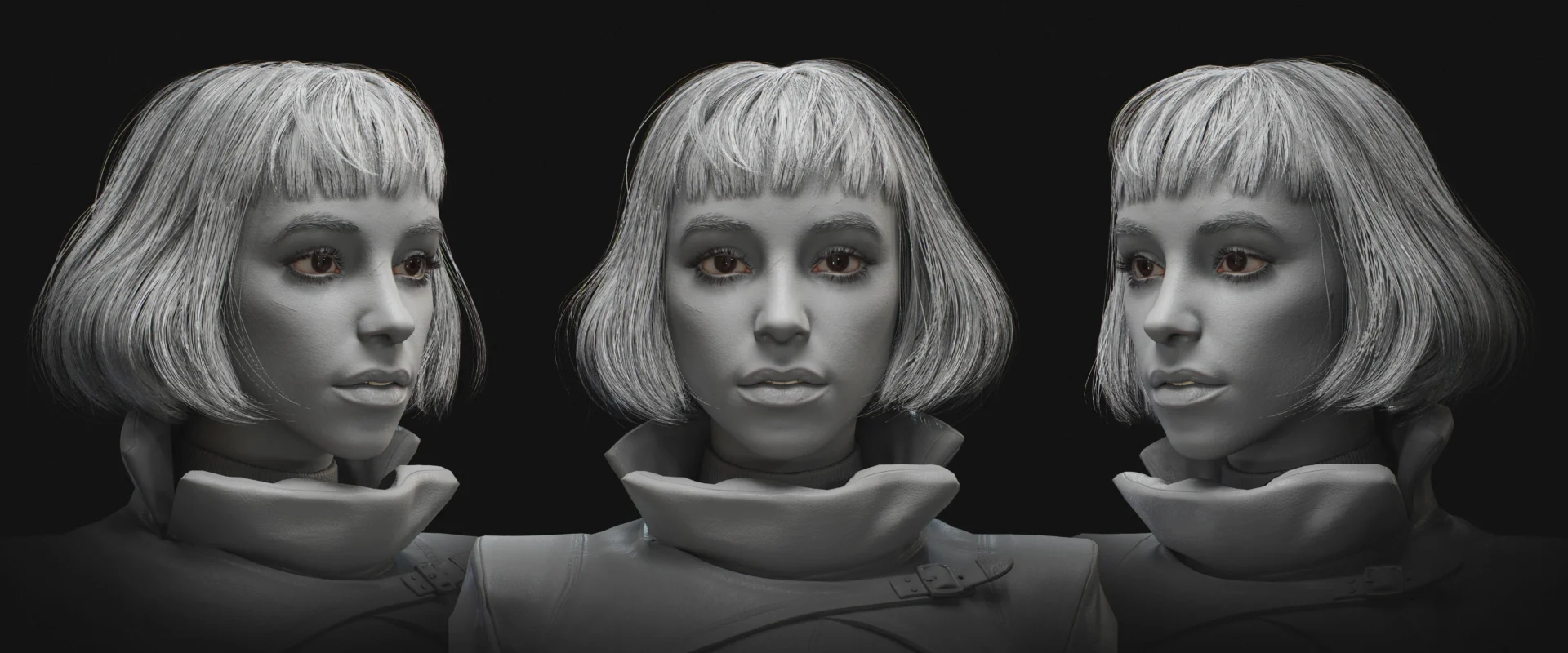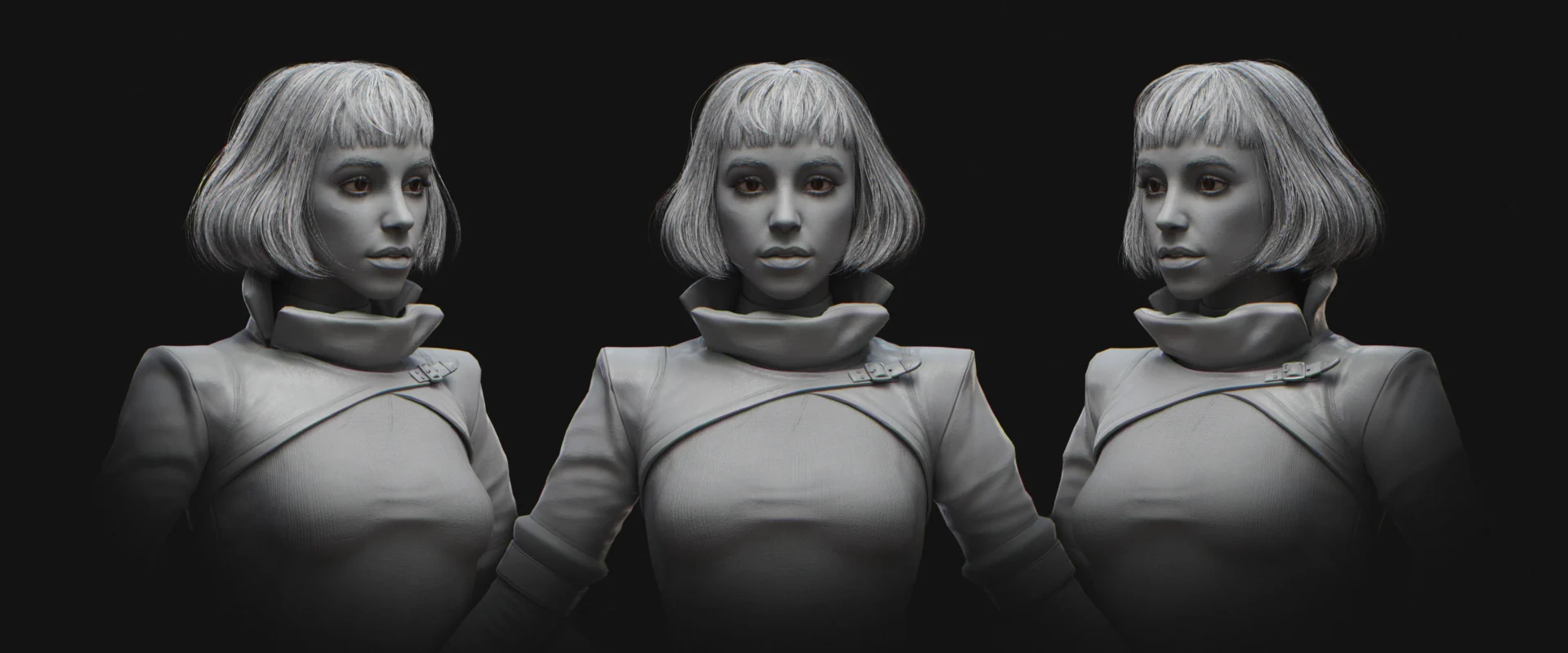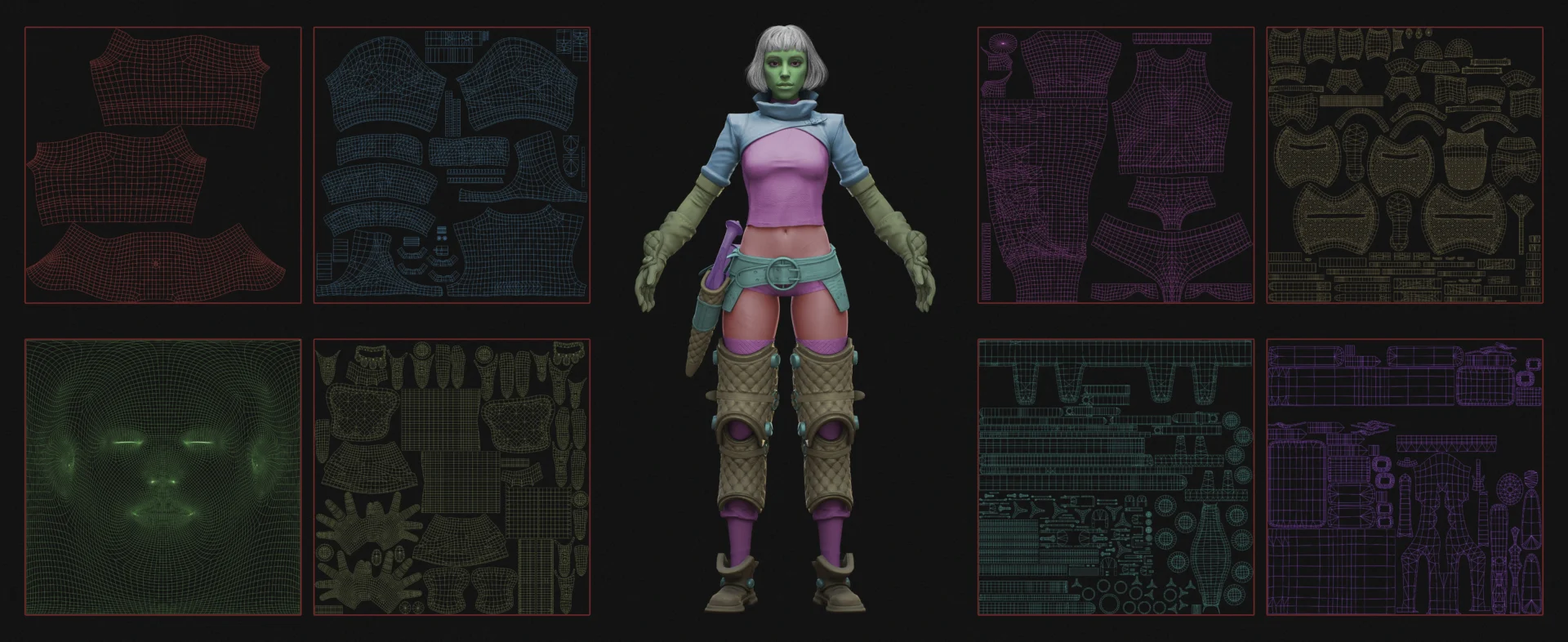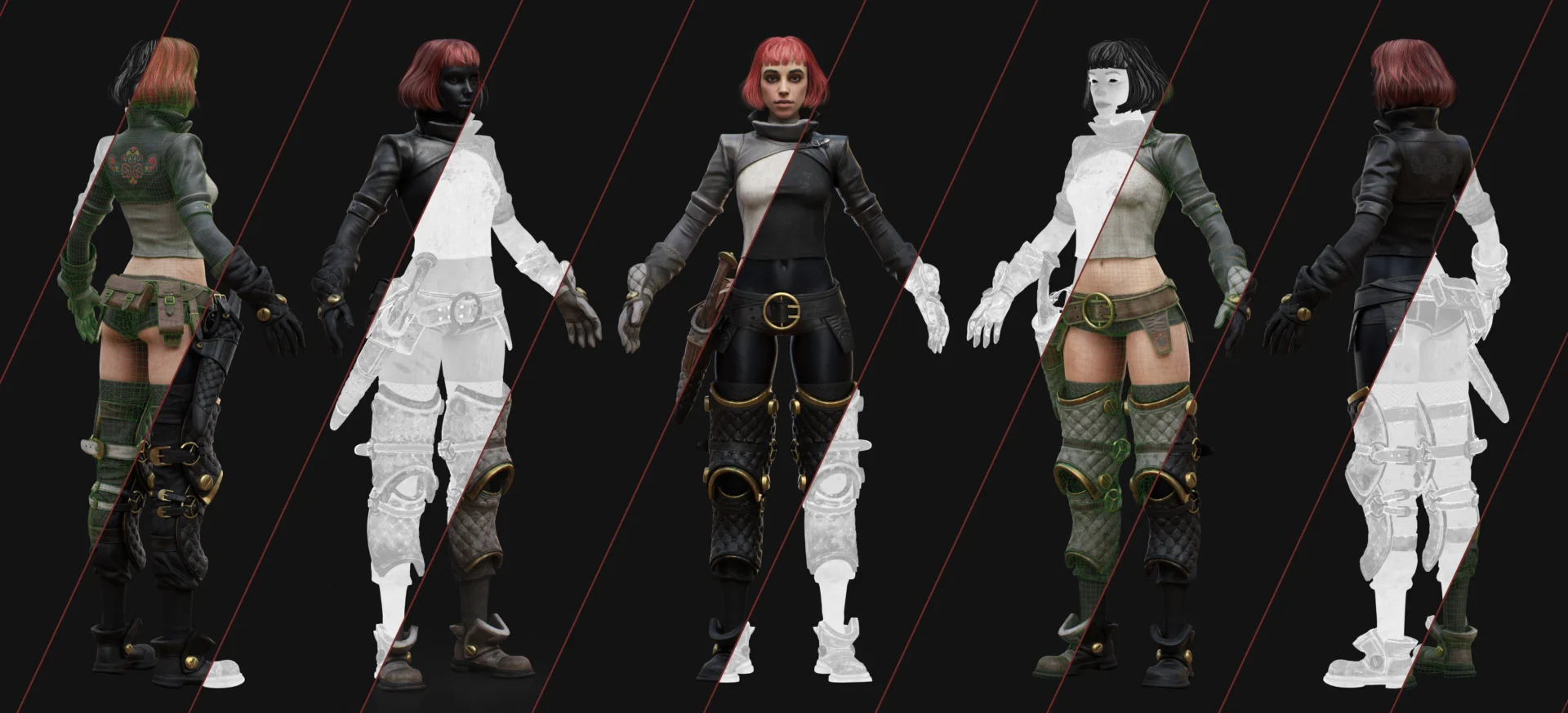Meet Paukoff : The Artist Behind One of RizomUV 2025’s Official Key Visuals
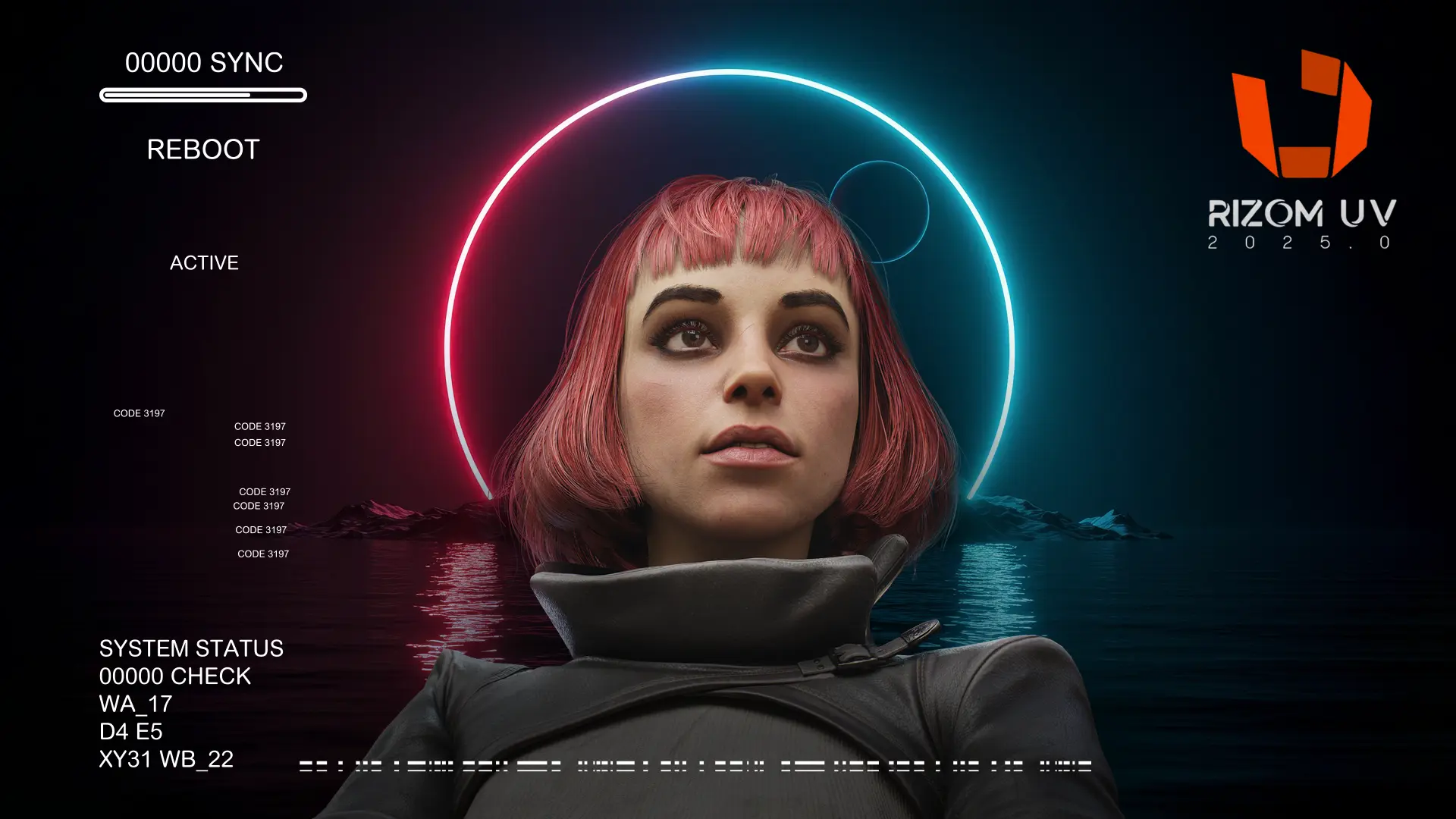
For the launch of RizomUV 2025, we’re proud to feature Guard Girl by 3D artist and worldbuilder Vova Paukov as one of our official showcase pieces.
With its striking design, sharp detailing, and compelling atmosphere, Guard Girl captures the kind of technical control and creative storytelling we love to support at RizomUV.
In this interview, Paukov shares more about his journey as an artist, the creative process behind Guard Girl, and how RizomUV fits into his workflow.
Getting Started
Hi Vova, thanks for joining us! First of all, could you introduce yourself to our community? Where are you from, and how did you get into 3D art?
Hi, it’s my pleasure—thank you for having me.
Everything started when I was working at a post-production house as a 2D designer. I saw what the guys from the 3D department were doing and all the cool programs they were using. It amazed me, so I decided I wanted to learn 3D, and a few years later I found myself working as a 3D artist at a gaming company.
What drew you to character creation specifically, and how did you develop your visual identity as an artist?
I love characters—it’s something I practiced while studying 3D in my personal time. Later I decided to level up my skills at Think Tank Training Centre, where I chose characters for games as my specialty.
Throughout my career, especially in mobile games where everything is simple and stylized, I worked in a lot of different styles. Over time I developed a craving for realistic, highly detailed work. This influences my current projects and the ones I’m working on now.
Do you have a background in art, design, or something totally different? How did your past shape the kind of work you do today?
I didn’t have any formal art background—except that my mother was an art teacher, so we had a lot of art books at home and I enjoyed looking through them as a kid.
I wasn’t actually interested in art; I was always more of a tech guy. It took me 26 years to realize that I like making art, and that in the digital art industry you can be both a tech person and an artist at the same time. I think that’s why 3D clicked with me instantly.
Spotlight on Guard Girl
What was the starting point or initial idea behind this character?
It’s based on concept art by Sangsoo Jeong and was created as one of my final projects at Think Tank Online.
It started as a second-semester final project that was supposed to be just a bust, but I took it much further—updating it after each semester and applying new knowledge.
I have an archive of different artworks I’ve collected over time. One of them was “Guard Girl,” as I called it. She looked very cool from a design perspective and included anatomy, hard-surface elements and props to practice on.
Workflow & RizomUV
How did you approach UV unwrapping for this project?
If you ask many 3D artists “Which part of the pipeline would you skip if you could?” most will say UV unwrapping because it’s very tedious and technical.
But as funny as it sounds, I love UVs—they’re very calming and meditative for me.
I always start by unwrapping each piece of the model independently and as well as I can. Next, I adjust texel density—keeping it even or varying it depending on how important each part is. After that I usually group everything into different UDIMs depending on how many maps I’m planning to make. Finally, I pack those groups, usually by hand, because it gives me the most control.
What role did RizomUV play in your pipeline, and how did it help you manage the technical complexity of the model?
Because of the way I handle UVs I need control and flexibility. RizomUV is a very powerful tool; it gives me both and more.
The number of options is amazing, but once you set up your preferred parameters you don’t need to adjust them again. It’s fast and has some features only RizomUV offers.
The program itself is very light and easy to master. The Discord community is very active and the developers are highly engaged, which is awesome.
Are there any particular RizomUV features that stood out to you or made your life easier during production?
Yes—there are features I really like that exist only in RizomUV.
My favorite is “Constrain Edges,” which gives a constraint property to selected edges so they unwrap horizontally or vertically. By adding a bunch of them to the mesh you can get a straight UV unwrap in one click.
Another is “Grouping,” which lets you group UV parts together and even lay them out independently inside the group. You can also lock them.
There are many other great features, and depending on your workflow you’ll find your own favorites.

Reflection & Recognition
How does it feel to have Guard Girl chosen as one of the official visuals for RizomUV 2025?
Amazing! Being part of this milestone for RizomUV—a software I really admire—is both exciting and deeply rewarding.
What does this kind of recognition mean to you personally, and where do you hope it might lead?
As I mentioned, it’s both exciting and rewarding. It feels great to be highlighted like this. I honestly don’t know where it might lead—I’m not chasing anything in particular, just going with the flow and grateful for whatever comes.
Looking Forward
What kind of projects would you love to work on in the future—professionally or personally?
Personally, I’d love to make realistic and semi-realistic characters, and I’m already working on my next one.
Professionally, it’s a bit different because where I live we mostly have casual mobile games, and in that niche I position myself more as a 3D/Tech Artist—making games, not only characters. But with all the changes happening in the global industry, maybe someday I’ll make my own game. Who knows?
Do you have any dream collaborations, studios you’d love to work with, or ideas you’re hoping to develop into something bigger?
My favorite game studio is Arkane. I absolutely love the Dishonored series, especially Dishonored 2. Everything about it is amazing—gameplay mechanics, lore, environment complexity, and art style. One of my work-in-progress projects is based on the Dishonored world and I really want to finish it soon.
So yes—Arkane is my number one dream studio.
There are a lot of other studios and individuals I really admire too—Keos Masons, id Software, CDPR, and many others.
What are your next steps as an artist—whether in terms of learning, creating, or sharing more of your work?
I finished my studies at Think Tank earlier this year but still have some unfinished projects I really want to complete. I’ll focus on that and on making my work faster and more efficient. I also want to share more of my work, as I tend to be quiet on social media. I feel I need to elevate my presence a bit.
